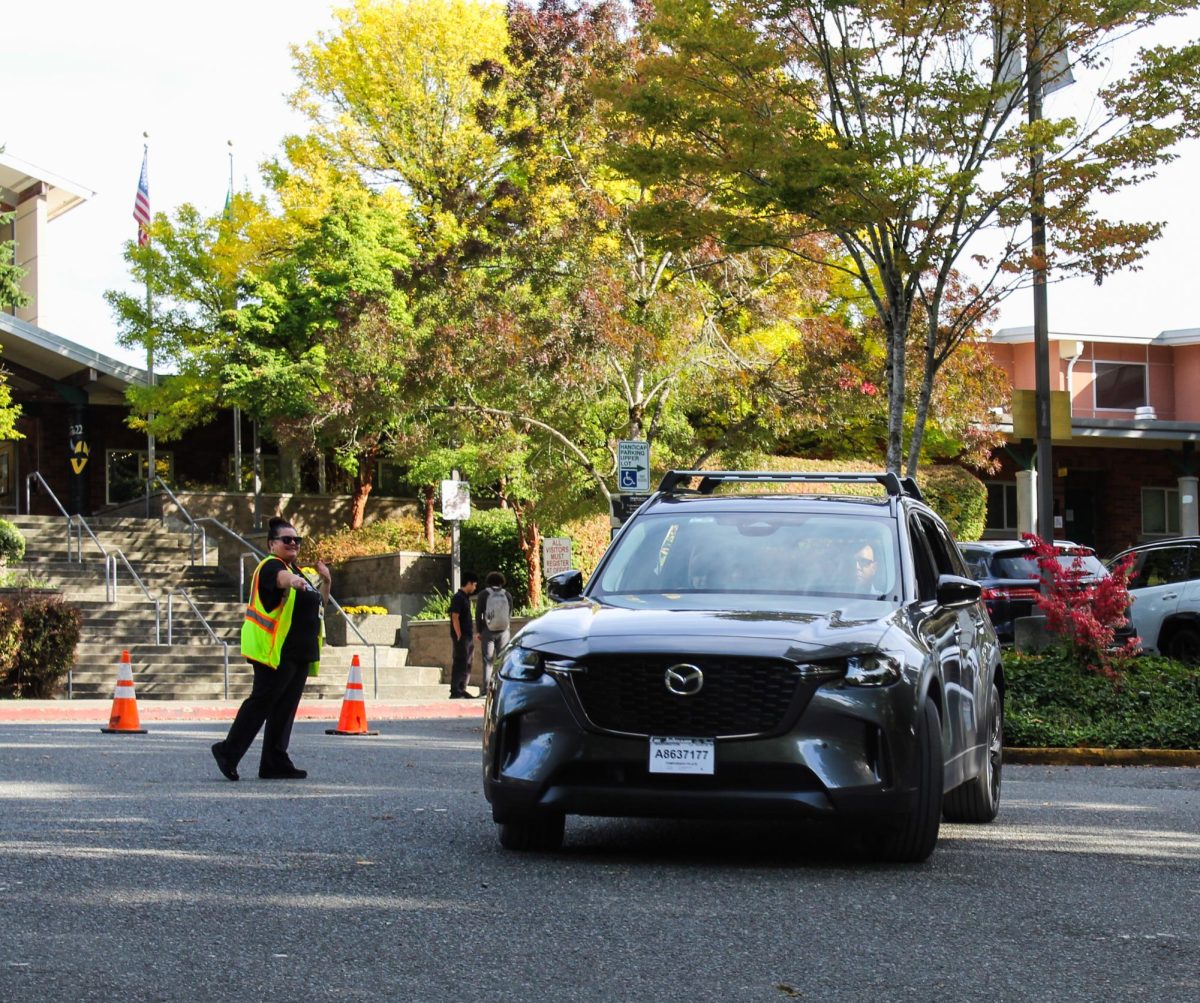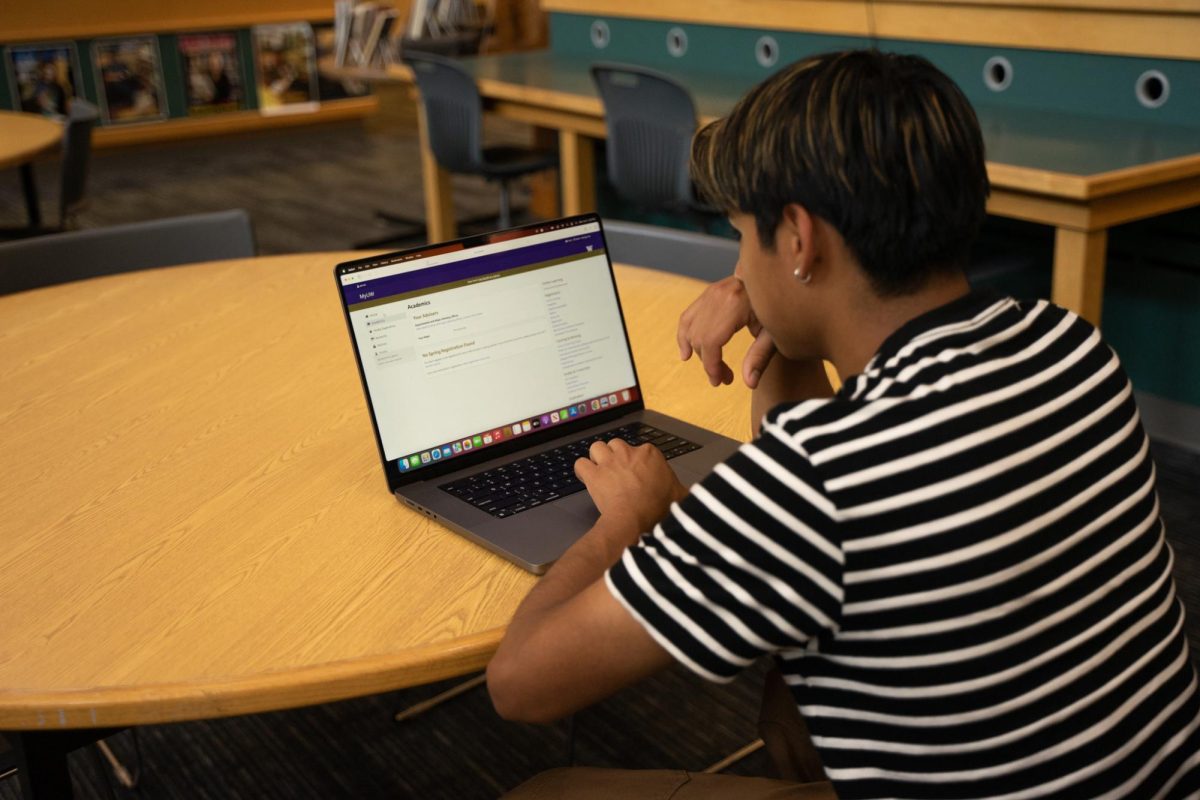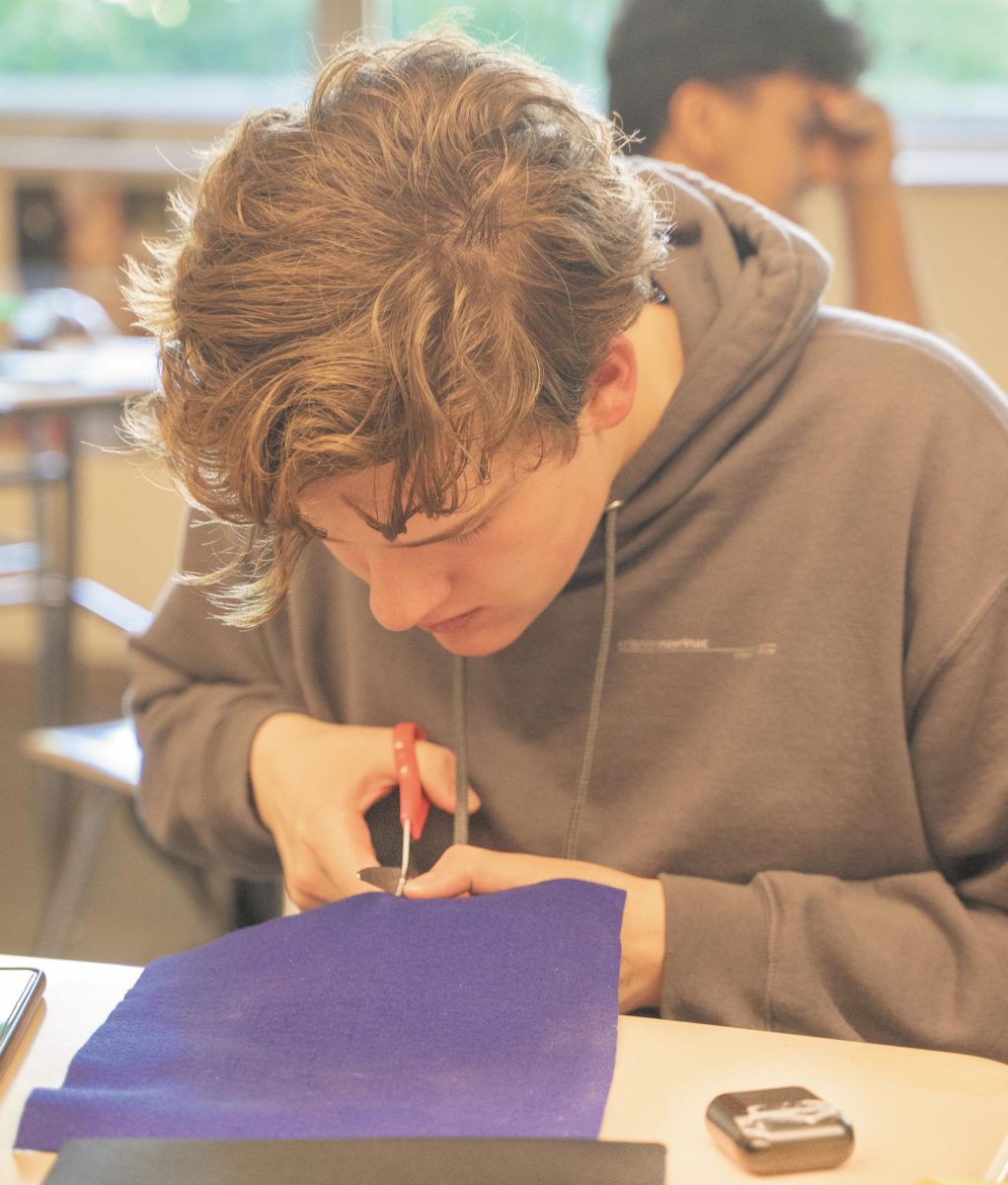Last year, Northshore School District directed its schools to shut down their water fountains to prevent the spread of COVID. Instead, they paid for and installed water jugs, so students would have water. After COVID restrictions were lifted, the district removed the water jugs and the school’s fountains were reopened.
Removal of the jugs left students with nothing but water fountains, which are few and far apart on campus. Being unable to find water throughout the day leaves students dehydrated, and not having water for sport practices has become taxing for student athletes and students in general.
The cafeteria closes after second lunch, and the gym remains locked throughout the day, making the water fountains in those areas virtually inaccessible. These locations are the most central on campus, and it’s difficult for students to adjust to the lack of accessibility compared to when they had access to the water jugs last year.
Sophomore Aliya Sloan (she/her) is a student athlete who relies on the school for water to stay hydrated during the school day and for crew practices after school. For her and others, it’s essential to have a dependable water source on campus.
“I used to fill up my water bottle with the hallway water jugs, and that was really useful because you could access it,” said Sloan.
Sloan said that last year, she used to have a reliable source of water because of the hallway jug, but now she must go through great lengths to get water.
“For practice, sometimes I just have to find a way to get water in the erg room. You have to go through a locked door and someone has to hold the locked door open; it’s just a whole hassle,” said Sloan.
Stage manager Lain Harold Rufo (she/they) said drama students were supposed to receive water from the district for their fall rehearsals, but it never arrived. Drama students were forced to bring their own water from home, and some brought water jugs to share.
“All the actors are up on stage. They’re running around, they’re speaking for, like, seven hours straight. They need water. We all need water,” said Harold Rufo.
Vice principal Joseph Mismas (he/him) said there’s not enough water available for the entire student body because it’s simply too expensive. He said it doesn’t make sense to spend money on new water fountains since they’ll be torn down when the school gets remodeled.
The number of water fountains at a school depends on when the school was built or remodeled. Mismas said that North Creek High School has more water fountains and water bottle refill stations than Inglemoor does in their building since it was built in 2016 and is the most recently built high school in the district.
“So it is not the same in all the districts. They’re not consistent in every way. It’s all based on when the building is built, and how much money is allocated to those needs,” said Mismas.
Since Inglemoor was built in 1965, the school’s population has increased, and teenagers have become more mindful of the importance of staying hydrated.
“I think the student body now is much more health-conscious than they were 10 years ago. I think people are in general, not just a student body. So I think it is important that we hydrate and that we have access to water. And it’s really challenging when students want to drink water and then they don’t have access,” said Mismas.
Senior Emberlee Wisler (she/her) feels the effects of dehydration every day at Inglemoor and feels that the school should supply more water sources.
“The breaks are not long enough to run all the way to the cafeteria and also be on time for class and everything, so they should have more in more places,” Wisler says. “I just get really thirsty, and when I get thirsty, I can’t pay attention as much and my head hurts. It’s overall very bad and it’s happening consistently.”


















